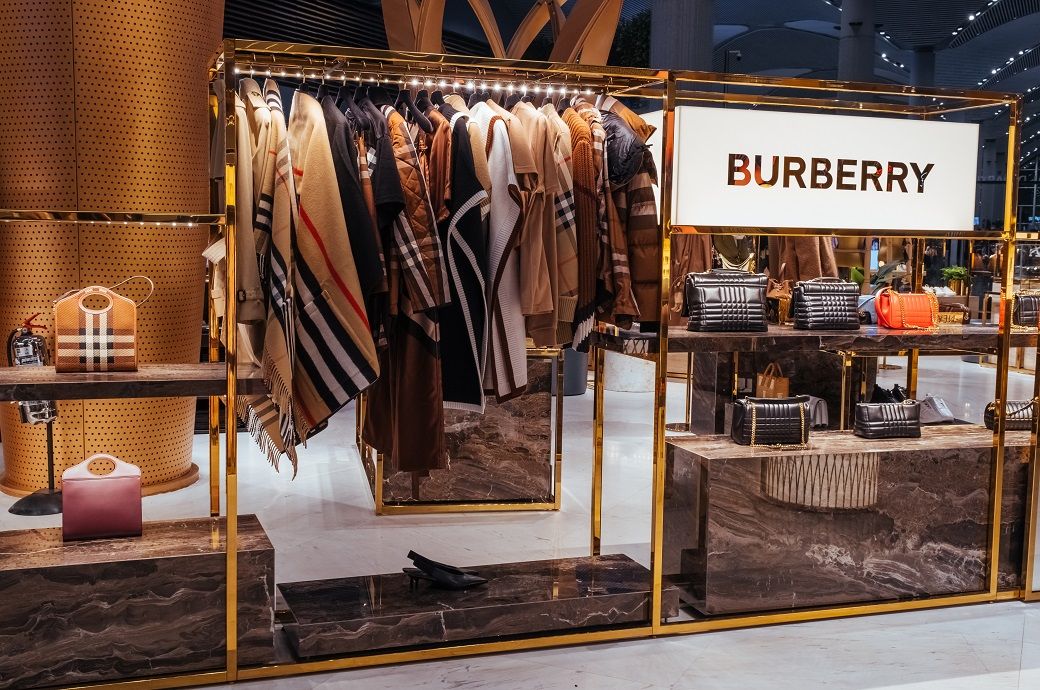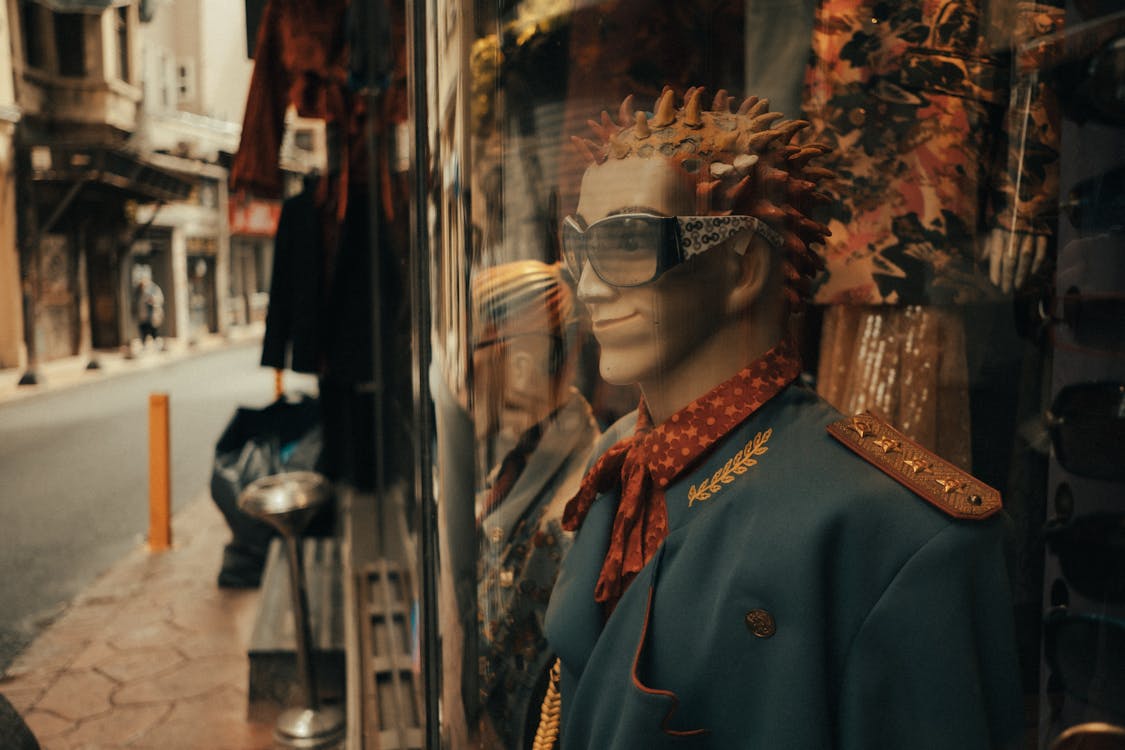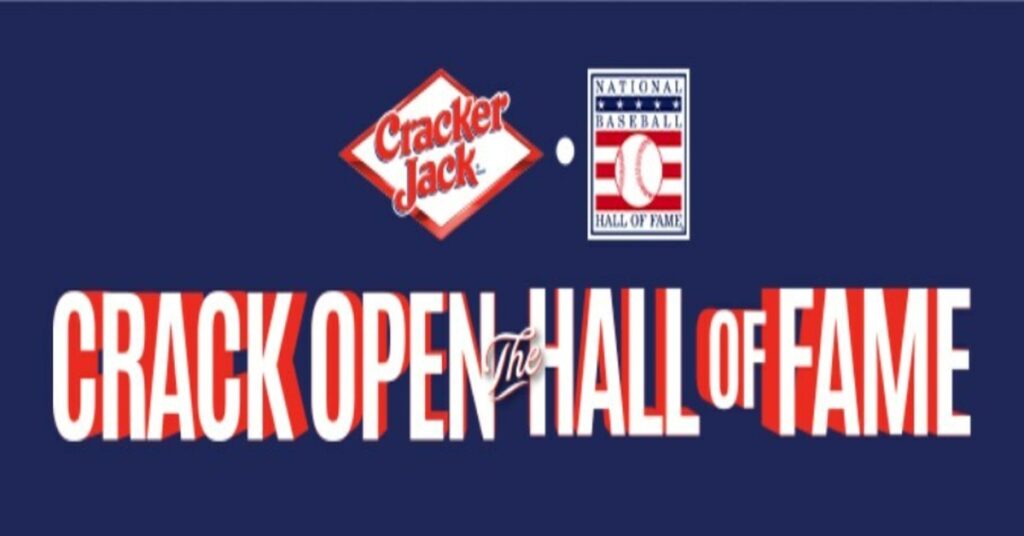High fashion brands have been struggling to get consumers to open their purses more due to inflation and the darkening macroeconomic climate across the world. Shoppers are cautious about splashing their money on high-end purchases.
Sophie Lund-Yates, lead equity analyst at Hargreaves Lansdown, said the shine is dimming on the luxury sector as even higher-end consumers tighten their belts. “Heralded as a more resilient corner of the economy, suggestions of missing targets and lower-end profits aren’t what investors have come to expect.
One particular brand treading carefully is Burberry. It said if sales do not pick up, underlying earnings for 2023-24 will be towards the lower end of the market’s expected range. Jonathan Akeroyd, CEO at Burberry, said the macroeconomic environment is definitely challenging. “We are confident in our strategy to realize our potential as the modern British luxury brand, and we remain committed to achieving our medium and long-term targets.”

He highlighted that the challenge is conversion. Akeroyd said the brand would have to work particularly hard on increasing the number of shoppers who make a purchase. “That’s really what we’re focusing on.”
Burberry has taken up refurbishing its stores, and opened 33 outlets in the first half of the year in Los Angeles, Dallas, Houston, Tokyo, and London – that’s a whopping £89 million investment. Moreover, executives have reduced the number of department stores where the brand is sold to focus on higher-end retailers, working with them to manage inventory to avoid a rush of discounts that could cheapen its image.
High Fashion Price Pinch
According to PwC reports, 53 percent of consumers are holding back on non-essential spending, with luxury being the most non-essential of all. Sabine Durand-Hayes, PwC’s global consumer market leader, said the cost of living crisis is having a material impact on how consumers purchase, both in-store and online. She explained that as prices rise, consumers globally are cutting back on non-essential spending while spending more time looking for cheaper alternatives.
Milton Pedraza, of The Luxury Institute, said for all top-tier luxury brands and groups, a major portion of the growth in 2022 has come from strong pricing, and much less from like-for-like volume growth. “Even high-net-worth and ultra-high-net-worth consumers say increasing prices for the same products has its limits. We expect growth to be subdued for most of the luxury industry in 2023 and recovery in 2024.”

Stephen Rogers, managing director of the Deloitte Insights Consumer Industry Center, believes psychological mechanism is at work. This is activated when prices exceed the acceptable ranges and consumers are forced to do the mental calculus to determine whether to pay up or switch to a lower-priced alternative, or just go without.
Rogers said lower-income consumers make these trade-offs, trade-downs, and switches all the time for financial reasons. “But high-income consumers are not immune to making the same switches, but for different reasons. If consumers believe that companies are pricing unfairly, luxury brands could bump up against a cognitive switch where the high-income consumers are not willing to go, even if they can afford to pay the higher price.”
Also Read: What is Experiential Marketing: Deeper Brand-Consumer Connections



